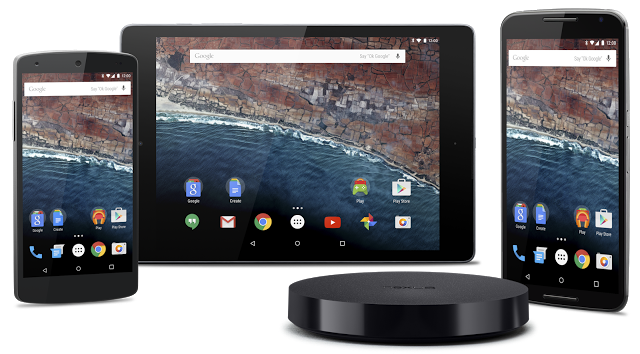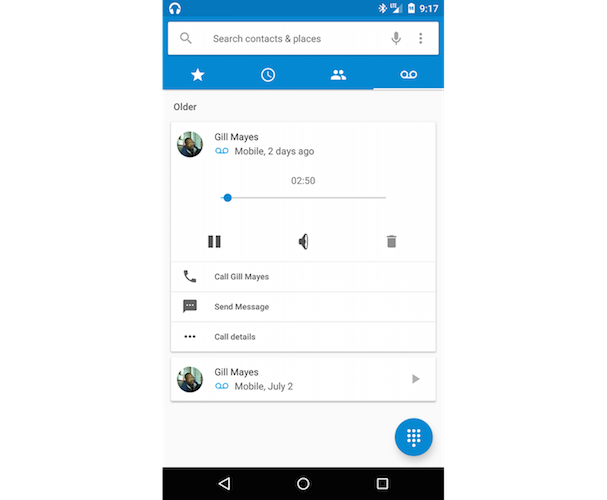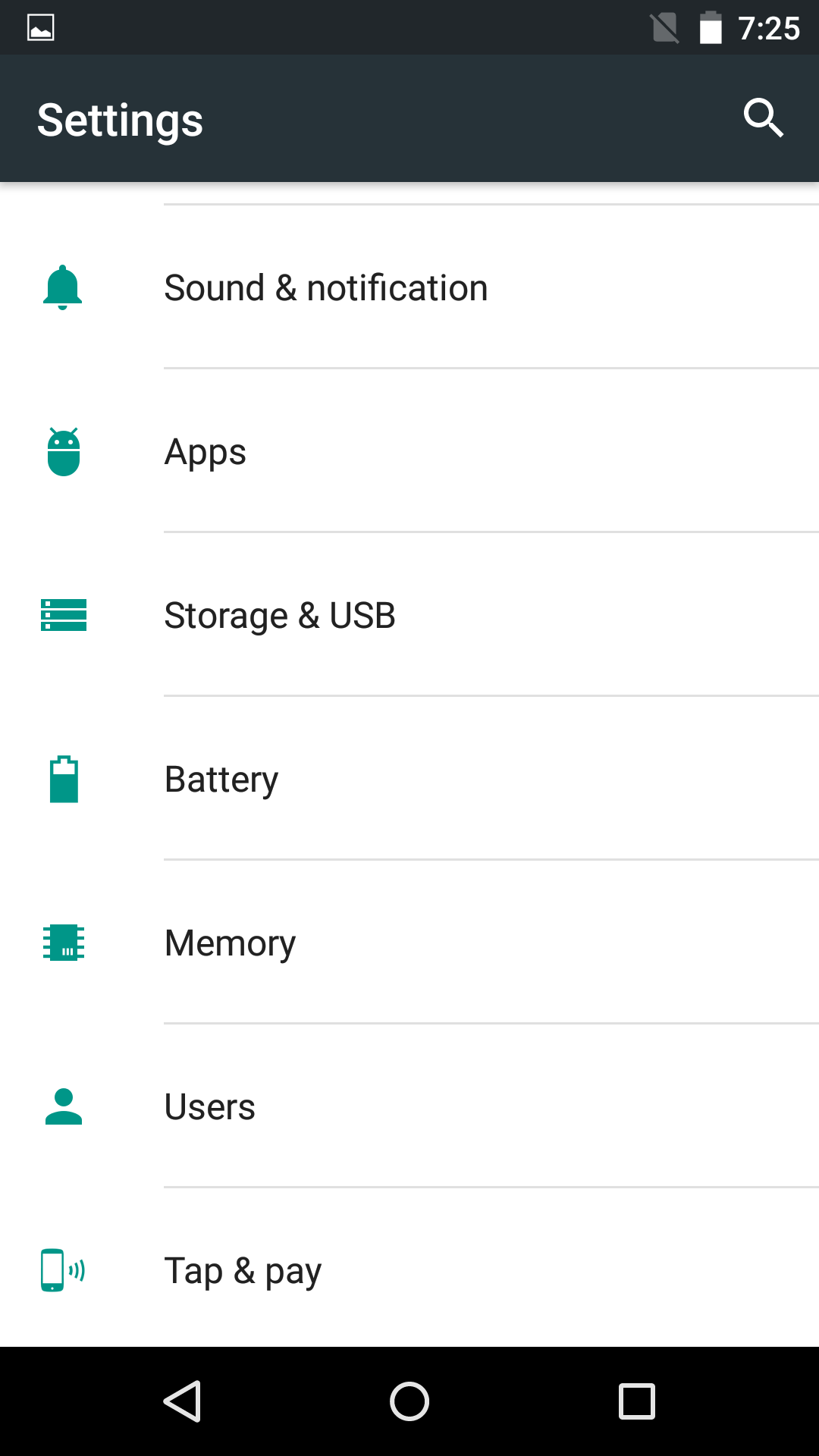
With Android M, Google has focused on improving the battery life of Android devices by making some underlying changes to the OS. One such feature that the company talked about at I/O is Doze, which Google claims will increase the standby battery life of the Nexus 9 by 2x.
Another new power saving feature that Google has added to Android M is App Standby. This feature is again aimed at reducing the power consumption from apps for better battery life by sacrificing the freshness of their data.
What exactly are Doze and App standby though, and how they work? Read below to find out.
Doze
iOS devices have always had stellar standby battery life, which Android devices — even after all these years — have never been able to catch up to. With Doze though, Google aims to drastically improve the standby battery life of Android device.
Doze is automatically activated once any Android M running device is not on charge and is left idle with its screen off for a certain period of time. Under this mode, Android tries to make sure that the OS remains in sleep mode, and only allows a brief period of activity to apps at regular intervals.
Once a device has entered into Doze mode, many restrictions apply to apps, which are as follows:
- Network access is disabled except to those apps that rely on the ‘high priority’ notification from Google Cloud Messaging. This feature will be making its way with an upcoming update to GCM.
- Wake locks from any apps are ignored.
- WiFi scanning is not performed.
- Any syncing or updating tasks for apps are not performed.
Once the device is out of doze mode, these restrictions will not be applicable and apps will be able to complete any pending sync or scheduling job that they have.
By applying such restrictions, Google hopes to reduce the idle standby battery drain on Android devices to very low levels.
App standby
Right now in Android, apps will continue to be updated in the background even if they are not frequently used. This means that they will unnecessarily continue to drain battery even though the chances of the user using it are minimal.
With App standby, Google is trying to fix such unnecessary power drain from apps. Once an app has been considered idle by Android M, it will not be granted access to the Internet, allowed to sync or schedule any job or hold a wakelock. When the device is connected to a power source though, these apps will be allowed granted access to the network and finish their syncing tasks.
Below are the requirements for an app to be not considered idle in Android M:
- The app is launched by the user.
- It has a process running in the foreground or background.
- The app displays notifications on the lock screen or in the notification tray.
- The user has specifically asked the OS to not apply any power saving optimisations on it.
In case the device is idle for a long period of time, Android M will allow idle apps to access the Internet once every 24 hours.
App developers can find more information about how to test their apps for Doze and App Standby here and here.
Google has promised battery life improvements with almost every release of Android, but for the first time, it looks like the company might just deliver on its promise. Don’t expect Doze and App Standby to double the battery life of your Android device though, and you will not be disappointed with whatever battery life improvements the OS will offer once it is released by Google later this year.




















